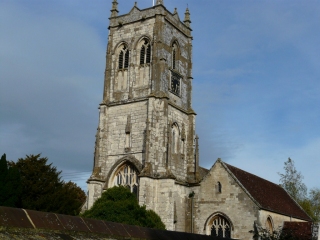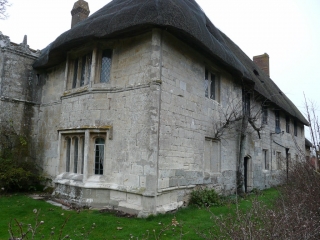Welcome to Marnhull Stone Ltd
Marnhull Stone is from the Corallian group of limestones ( c. 160 million years old ) deposited during the Jurassic period ( 201-145 million years ago ).
The Corallian group is a series of sedimentary cycles of clays, sands and limestone’s representing the retreat of sea level on the continental shelf. The limestones were in the shallowest water at the end of the sequence.
The colour of Marnhull Stone ranges from cream to orange with an oolitic texture.
Several of the houses in the local area display this variation along with other colours associated with weathering over a period of time and depend on air pollution in the area, as well as natural weathering on the different elevations of the building.
Due to Marnhull Stone being a natural product, variations in colour, consistency, texture and fossil content are to be expected
Marnhull Stone has been used as a quality building stone in a wide spread area throughout Dorset and the surrounding counties from before medieval times and possibly dating back to Roman times as Roman remains have been found in the local area.
Marnhull Stone can be used for various applications ranging from ashlar, dimensional cut stone e.g. cills, lintels and quoins, guillotined walling stone, fireplaces and flooring.
Marnhull Stone is the equivalent to the Osmington Oolite beds which are not so widely extracted these days so it is recognised as a suitable replacement for new builds or a close match for restoration around the South Dorset area such as Abbotsbury, Bridport and the surrounding areas.
Our stone has recently undergone the necessary tests to bring it in line with the CE Marking required by law for all stones sold within the EU as of 1st July 2013. We are the only quarry currently extracting the Marnhull Corallian beds tested to these standards. Generically the stone is known as Todber Freestone however there are variations from the stone that has historically been extracted around the Todber region and should be treated as such.











